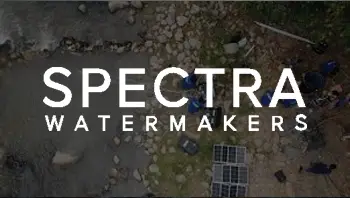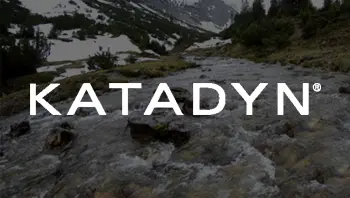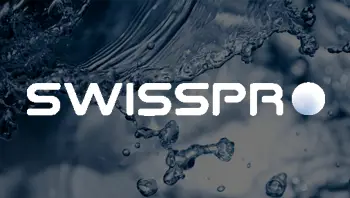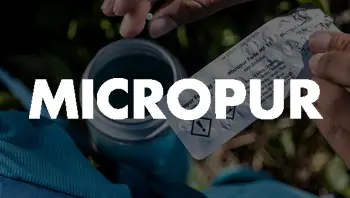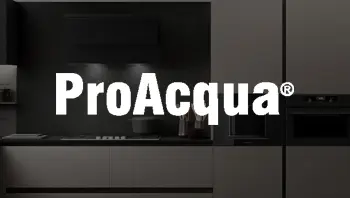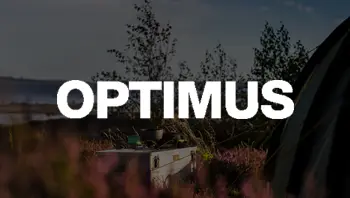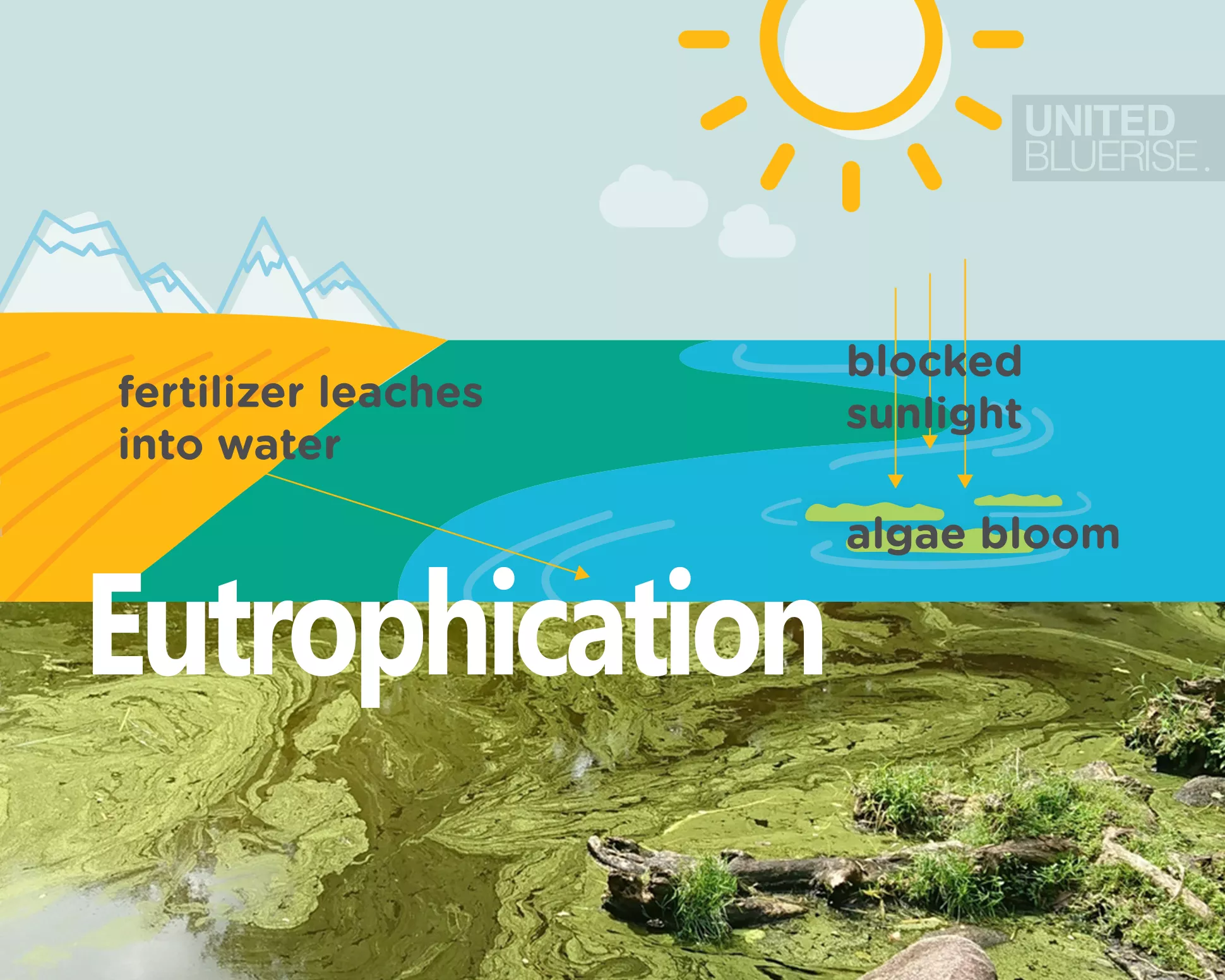Eutrophication is a pressing environmental issue that poses significant challenges to water quality around the world. It occurs when excessive nutrients, primarily nitrogen and phosphorus, accumulate in water bodies, leading to accelerated growth of algae and other aquatic plants. This excess growth disrupts the natural balance of ecosystems, causing a range of environmental, economic, and health problems. Addressing the sources of eutrophication and raising public awareness are crucial steps towards restoring and maintaining water quality.
Causes of Eutrophication
- Agricultural Runoff: One of the leading causes of eutrophication is the runoff of fertilizers and manure from agricultural lands. These nutrients find their way into nearby water bodies through rainwater or irrigation runoff, fueling algal growth.
- Sewage and Wastewater: Improperly treated or untreated sewage and wastewater discharge from industrial, residential, and commercial sources contribute to eutrophication. These sources release high levels of nutrients into water bodies, encouraging algal blooms.
- Stormwater Runoff: Urban areas with impervious surfaces such as roads, parking lots, and roofs generate large amounts of stormwater runoff. This runoff carries pollutants, including nutrients, into streams, rivers, and lakes, exacerbating eutrophication.
- Industrial Activities: Industries such as manufacturing, mining, and power generation release pollutants into water bodies, including nutrients. Effluents from these activities can be rich in nitrogen and phosphorus, accelerating eutrophication processes.
Algae and Harmful Algal Blooms (HABs)
Algae are photosynthetic organisms that form the foundation of aquatic food webs. However, excessive nutrient availability can cause rapid algal growth, leading to the formation of harmful algal blooms (HABs). HABs can produce harmful toxins that pose risks to human health, aquatic life, and ecosystem balance.
Toxic algae can contaminate drinking water sources, leading to illness or even death in humans and animals. They also reduce oxygen levels in the water, leading to the death of fish and other aquatic organisms. Additionally, the decay of algal biomass consumes oxygen during decomposition, leading to hypoxic or dead zones where no marine life can survive.
Solutions and Public Awareness
- Nutrient Management: Implementing effective nutrient management strategies is crucial to combat eutrophication. This includes reducing the use of fertilizers, implementing precision agriculture techniques, and adopting sustainable agricultural practices to minimize nutrient runoff.
- Wastewater Treatment: Upgrading wastewater treatment plants to remove nutrients before discharge is essential. Advanced treatment technologies, such as nutrient removal systems, can significantly reduce the nutrient load entering water bodies.
- Stormwater Management: Implementing green infrastructure techniques like rain gardens, permeable pavements, and constructed wetlands can help reduce stormwater runoff and remove nutrients before they reach water bodies.
- Buffer Zones and Riparian Restoration: Establishing buffer zones along water bodies and restoring riparian areas with native vegetation can help filter and absorb nutrients, preventing their entry into water bodies.
- Public Awareness and Education: Raising public awareness about the causes and consequences of eutrophication is crucial. Promoting responsible fertilizer use, proper waste disposal, and water conservation practices can help individuals contribute to water quality improvement efforts.
Eutrophication remains a significant challenge to water quality worldwide, affecting ecosystems, economies, and human health. Understanding the sources and consequences of eutrophication is the first step towards implementing effective solutions. By addressing nutrient inputs, upgrading wastewater treatment, managing stormwater runoff, and promoting public awareness, we can work towards mitigating eutrophication and restoring the health of our water bodies for future.
How UNITED BLUERISE can help
UNITED BLUERISE is committed to empowering sustainable living and providing innovative drinking water solutions for a healthier lifestyle and a cleaner planet. We believe that water is not just a fundamental resource but a vital component of a healthy and fulfilling life. The aim for all of us to stand up for an ideal and unite towards a better world by sharing facts, ideas and advice on how to live a more responsible life. Our consuming culture is polluting our planet. Our goal is ultimately to reduce plastic waste. Toxic materials are not only polluting our planet and impacting communities around us, but it’s also making its way into our bodies through the air we breathe, food we eat, and water we drink.
Article: QL-7145
